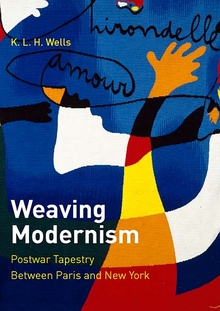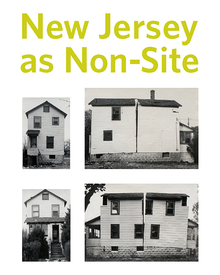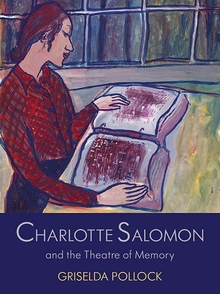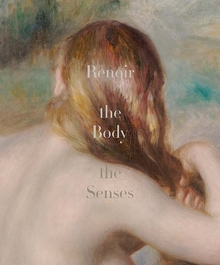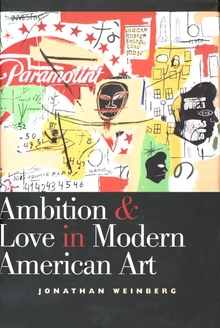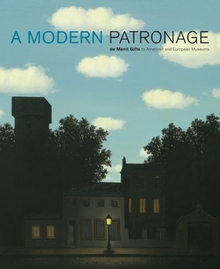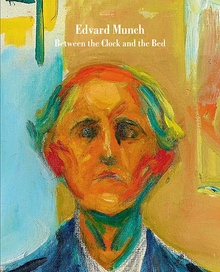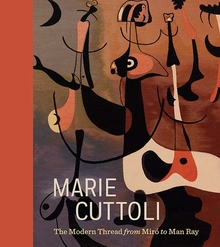Weaving Modernism
WARNING
You are viewing an older version of the Yalebooks website. Please visit out new website with more updated information and a better user experience: https://www.yalebooks.com
Postwar Tapestry Between Paris and New York
K. L. H. Wells

Read this book online via the A&AePortal, our art and architectural history eBook platform. To learn more about how to access this book, please contact us.
An unprecedented study that reveals tapestry’s role as a modernist medium and a model for the movement’s discourse on both sides of the Atlantic in the decades following World War II
With a revelatory analysis of how the postwar French tapestry revival provided a medium for modern art and a model for its discourse and marketing on both sides of the Atlantic, Weaving Modernism presents a fascinating reexamination of modernism’s relationship to decoration, reproducibility, and politics. Tapestry offered artists a historically grounded medium for distributing and marketing their work, helped expand the visibility and significance of abstraction at midcentury, and facilitated modernism’s entry into the dominant paradigm of the postwar period. K. L. H. Wells situates tapestry as part of a broader “marketplace modernism” in which artists participated, conjuring a lived experience of visual culture in corporate lobbies, churches, and even airplanes, as well as in galleries and private homes. This extensively researched study features previously unpublished illustrations and little-known works by such major artists as Helen Frankenthaler, Henri Matisse, Robert Motherwell, Pablo Picasso, and Frank Stella.
With a revelatory analysis of how the postwar French tapestry revival provided a medium for modern art and a model for its discourse and marketing on both sides of the Atlantic, Weaving Modernism presents a fascinating reexamination of modernism’s relationship to decoration, reproducibility, and politics. Tapestry offered artists a historically grounded medium for distributing and marketing their work, helped expand the visibility and significance of abstraction at midcentury, and facilitated modernism’s entry into the dominant paradigm of the postwar period. K. L. H. Wells situates tapestry as part of a broader “marketplace modernism” in which artists participated, conjuring a lived experience of visual culture in corporate lobbies, churches, and even airplanes, as well as in galleries and private homes. This extensively researched study features previously unpublished illustrations and little-known works by such major artists as Helen Frankenthaler, Henri Matisse, Robert Motherwell, Pablo Picasso, and Frank Stella.
K. L. H. Wells is assistant professor of art history at the University of Wisconsin-Milwaukee.
“In her excellent and well-researched analysis of postwar tapestry, Wells challenges our understandings of both modernism and the decorative arts, contributing a new and much needed picture of modernism’s complex relationship with textiles.”—Elissa Auther, Museum of Arts and Design and the Bard Graduate Center
“Weaving Modernism is a masterful, broad-ranging study on the history of modern tapestry, making clear its importance to the overall history of modern art through fascinating archival research.”—Bibiana Obler, author of Intimate Collaborations: Kandinsky and Münter, Arp and Taeuber
“Wells encourages a more holistic look at the entirety of the artists’ oeuvres to see that tapestry was never a forgotten art form nor an exclusively feminine one.”—Kat Buckley, ARLIS/NA Reviews
“Wells invites the reader to see tapestry as an integral, even defining part of postwar art and brings new attention to a fascinating but often overlooked art form.”—Lorraine Karafel, Journal of Design History
“Deeply archival and amply illustrated, the book brings to light a wealth of tapestry projects, many of them little known . . . Most important, though, the study offers a powerful new approach to well-worn debates about the relationship of art and decoration.”—Emily Warner, West 86th: A Journal of Decorative Arts, Design History, and Material Culture
“Lavishly illustrated, deeply archival, and extensively argued. . . . This highly original and engaging text remains true to its title as it assiduously entwines dense, multifaceted accounts of the postwar period to demonstrate the material, social, and conceptual importance of tapestry to the promotion and reception of modernist abstraction.”—Ann Marguerite Tartsinis, Winterthur Portfolio
“Weaving Modernism makes a significant contribution to American modern art scholarship and builds on a growing body of writing meant to expand and nuance narratives of modernity and postmodernity. . . . An ambitiously argued and thoroughly researched volume”—Erica Warren, caa.reviews
Winner of a grant from the Terra Foundation for American Art International Publication Program of CAA
Winner of the 2020 SECAC Award for Excellence in Scholarly Research and Publication
ISBN: 9780300232592
Publication Date: March 19, 2019
Publication Date: March 19, 2019
280 pages, 7 x 10
59 color + 45 b/w illus.
59 color + 45 b/w illus.

